How much is too much exercise? The relationship between exercise and fertility

Rohini (27 years), a professional athlete and Anish (31 years), a software professional were married for 4 years were having difficulty conceiving. After initial checks, at Nova IVF Fertility, Bangalore, it was found that Rohini had irregular menstrual cycles.
To identify the cause of irregular menstrual cycle, a detailed history of the patient was taken. During the consultation, it was revealed that found that Rohini was exercising for a minimum for 2 hours each day, her BMI was 21.2 kg/m2 and her body fat was 15%. Anish’s semen analysis showed that all his parameters were normal.
Based upon these findings, it was established that she had exercise induced suppression of ovulation. This in turn, was causing the menstrual irregularities. She was advised to reduce her exercise so that the body fat % increased. Once her body fat measures improved, ovulation also became regular.
Subsequently, the couple conceived naturally and are now happy parents to a healthy child.
Relationship between exercise and fertility
It has been long known that physical activity is beneficial for overall health and well-being. Exercise helps in maintaining healthy weight and improves cardiovascular health. However, in the realm of female fertility, vigorous exercise can have a profound effect, more so, when there is an energy deficit. If your energy intake isn’t enough for your body to complete its basic functions, you are in energy deficit. The reproductive system is highly sensitive to energy deficit. Body weight and body fat composition have a bearing on female fertility. Research shows that a BMI of 20 – 24.9 should be maintained for optimal fertility and regular ovulation.
A minimum of 17% body fat is required for menarche and 22% is required for maintenance of ovulation. If the levels fall below this, ovulatory disturbances and menstrual irregularities set in and can cause difficulty in conception.
It has also been established that it is not the stress of exercise that causes reproductive dysfunction. But, in an attempt to conserve energy, metabolic adaptations, triggered by an energy deficiency, alter the normal production and pulsatility of reproductive hormones, at all levels, of the hypothalamic pituitary ovarian axis (HPO). As such, estrogen and progesterone concentrations decline, resulting in a spectrum of exercise associated menstrual disturbances (EAMD). The spectrum of EAMD includes the severe menstrual disturbances, amenorrhea and oligomenorrhea, which are easily detected by the absence of menses for at least 3 months or longer and an inconsistent cycle of 36–90 days. Less severe EAMD include luteal phase defects and anovulation which typically occur within regular intermenstrual intervals, thereby causing these disturbances to often remain undetected.
Suppressed follicular growth and oocyte maturation, poor endometrial quality, spontaneous abortion, and infertility are all clinical reproductive consequences of EAMD. EAMD can be prevented by maintaining a healthy body weight and an energy replete state. Likewise, effective nonpharmacological treatment of EAMD includes an increase in caloric intake and weight gain, to reverse the energy deficiency, and promote recovery of normal menstrual function. Upon recovery, and/or maintenance of an energy replete state, regular exercise among girls and women is encouraged. Exercise induced menstrual disorders contribute to about 6% of infertility cases.
Causes of infertility with too much exercise
- Luteal phase defects, where the post ovulatory phase is shortened.
- Low levels of progesterone in the post ovulatory phase – progesterone is required for preparation of the lining of the uterus for implantation and for support of pregnancy. When the levels are low, poor implantation may occur.
- Hormones responsible for ovulation i.e GnRH, FSH, LH and estradiol are suppressed, causing ovulatory dysfunction.
- The hormone leptin, which interferes with appetite and the intake of healthy fat and adequate calories, is supressed.
The implications of exercise
- Aerobic exercise for 7 or more hours a week, may increase the risk of ovulatory problems.
- Vigorous exercise may decrease fertility in women with normal weight.
- Moderate exercise, for over an hour and less than 5 hours per week, increases fertility in all women.
- Strenuous exercise, for more than 4 hours per week, decreases IVF success rates.
Recommendation for exercise for achieving pregnancy
- Those doing intense workout more than 4 hours need to reduce the amount.
- Replace some of the workouts with moderate exercise.
- Limit strenuous activities to 4 hours / week, if weight loss is required.
- If overweight, losing even 10% body weight can improve fertility.
Improvement in fertility and fertility benefits are seen even before normal BMI is reached
The advice is to build up to
- Minimum 150 minutes of moderate aerobic activity a week, and strength exercises that work all the major muscles, on 2 or more days a week.
OR
- 75 minutes of vigorous activity a week, and strength exercises on two or more days a week that work all the major muscles.
OR
- A mix of moderate and vigorous aerobic exercise a week and strength exercises that work all the major muscles, on 2 or more days a week.
Moderate activity means any exercise that will raise your heart rate, make you breathe faster and feel warmer. You should still be able to talk, without pausing, for breath. Vigorous activity means any exercise that makes you breathe hard and fast. If you’re working at this level, you won’t be able to say more than a few words, without pausing for breath.
Women and exercise: The good news!
Exercise is not the problem! Studies have looked at whether there is something intrinsically problematic about exercise itself, and the research seems to suggest that there is not. It’s just about energy deficit. The good news here is that if you are vigilant about taking in enough calories to account for your activity levels, you should be able to maintain a healthy cycle. Exercise does not appear to cause permanent damage to fertility. Since energy deficit is the main factor which causes menstrual disturbances, recovery is noted when the energy balance is restored. If you need to gain weight, it may not be much. The amount of weight that needs to be gained to regain healthy cycles is usually not exorbitant. 2 – 5 kgs may be all that stands between you and optimal health and fertility.
Men and exercise
There isn’t enough evidence to show that vigorous exercise causes male infertility. It has been seen that intense exercise can cause a decrease in sperm concentration and motility. In men, being overweight can affect the quality and quantity of their sperm. It has been found that continuous training, of moderate intensity, managed to improve sperm quality the most. If you suspect that your weight might be connected to your inability to get pregnant, talk to a fertility consultant.
 Infertility Counselling
Infertility Counselling Female Infertility Treatment
Female Infertility Treatment Andrology Treatment
Andrology Treatment Fertility Enhancing Surgeries - Female
Fertility Enhancing Surgeries - Female Fertility Enhancing Surgeries - Male
Fertility Enhancing Surgeries - Male Endoscopy Treatment
Endoscopy Treatment IUI Treatment
IUI Treatment IVF Treatment
IVF Treatment ICSI Treatment
ICSI Treatment Advanced IVF Solutions
Advanced IVF Solutions Embryology
Embryology Vitrification Egg, Embryo, Sperm Freezing
Vitrification Egg, Embryo, Sperm Freezing Preimplantation Genetic Testing (PGT)
Preimplantation Genetic Testing (PGT) Donation Program Embryo / Egg / Sperm
Donation Program Embryo / Egg / Sperm Self-cycleTM IVF
Self-cycleTM IVF

 Self-cycleTM IVF
Self-cycleTM IVF


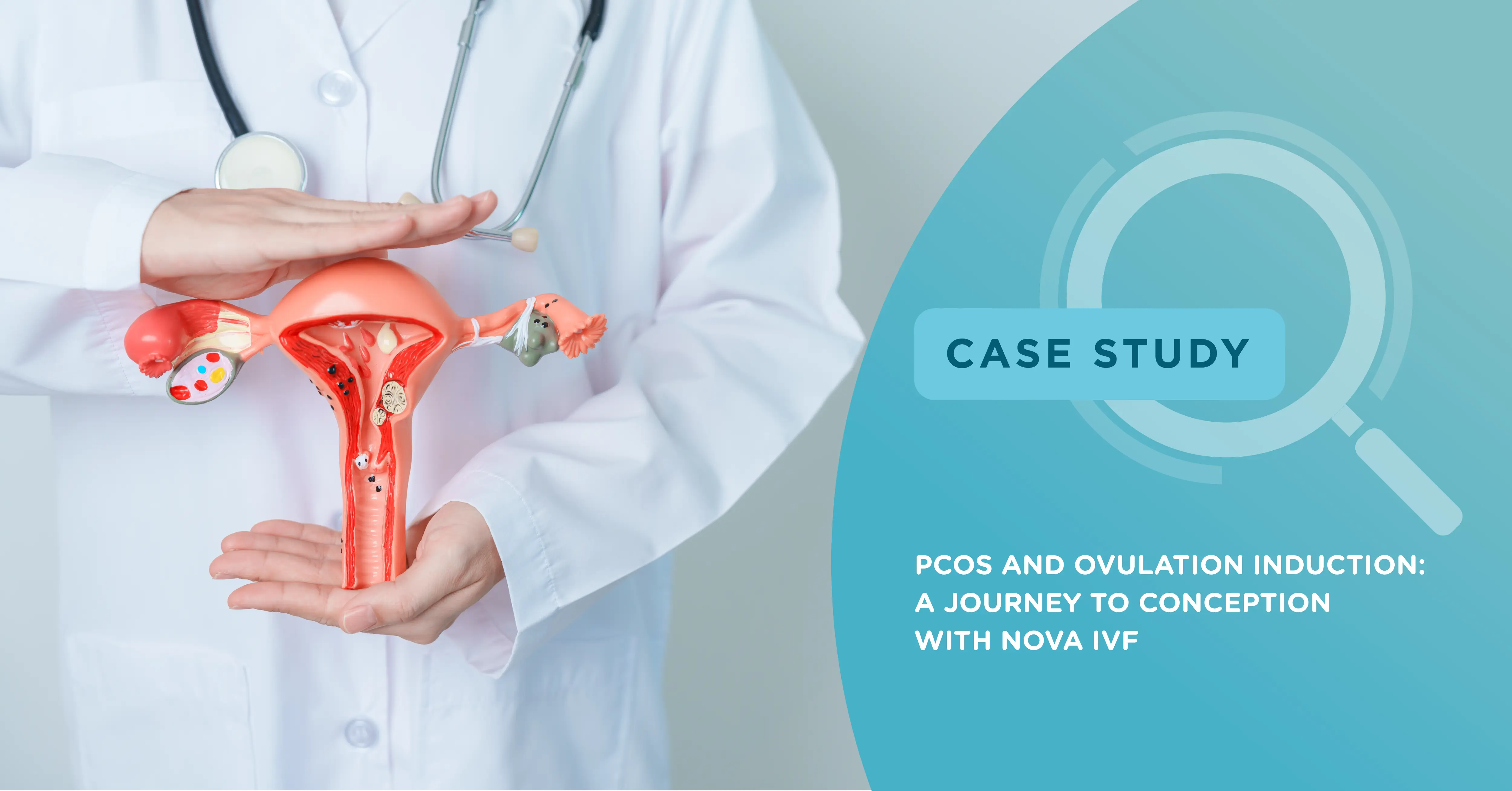
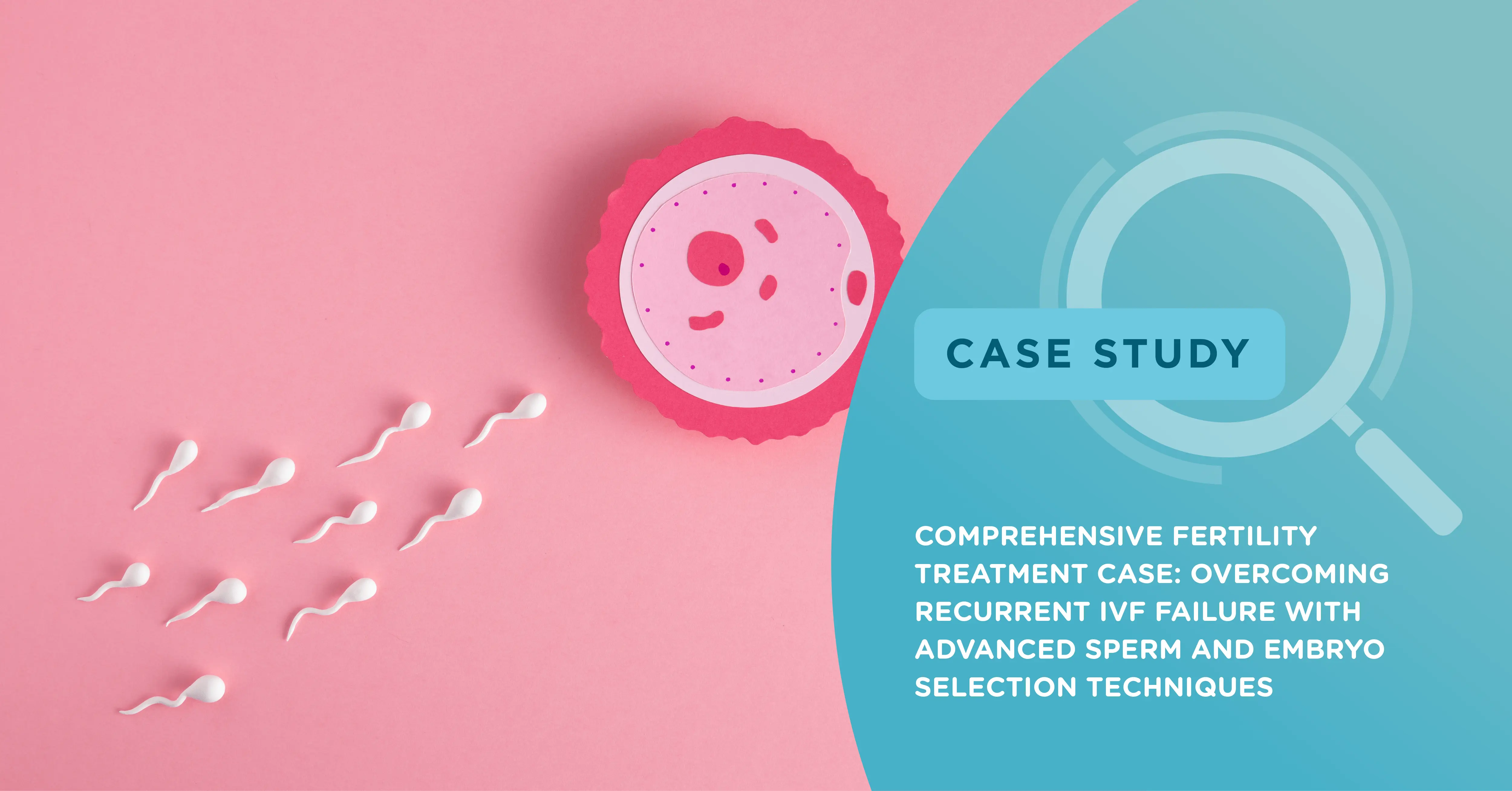
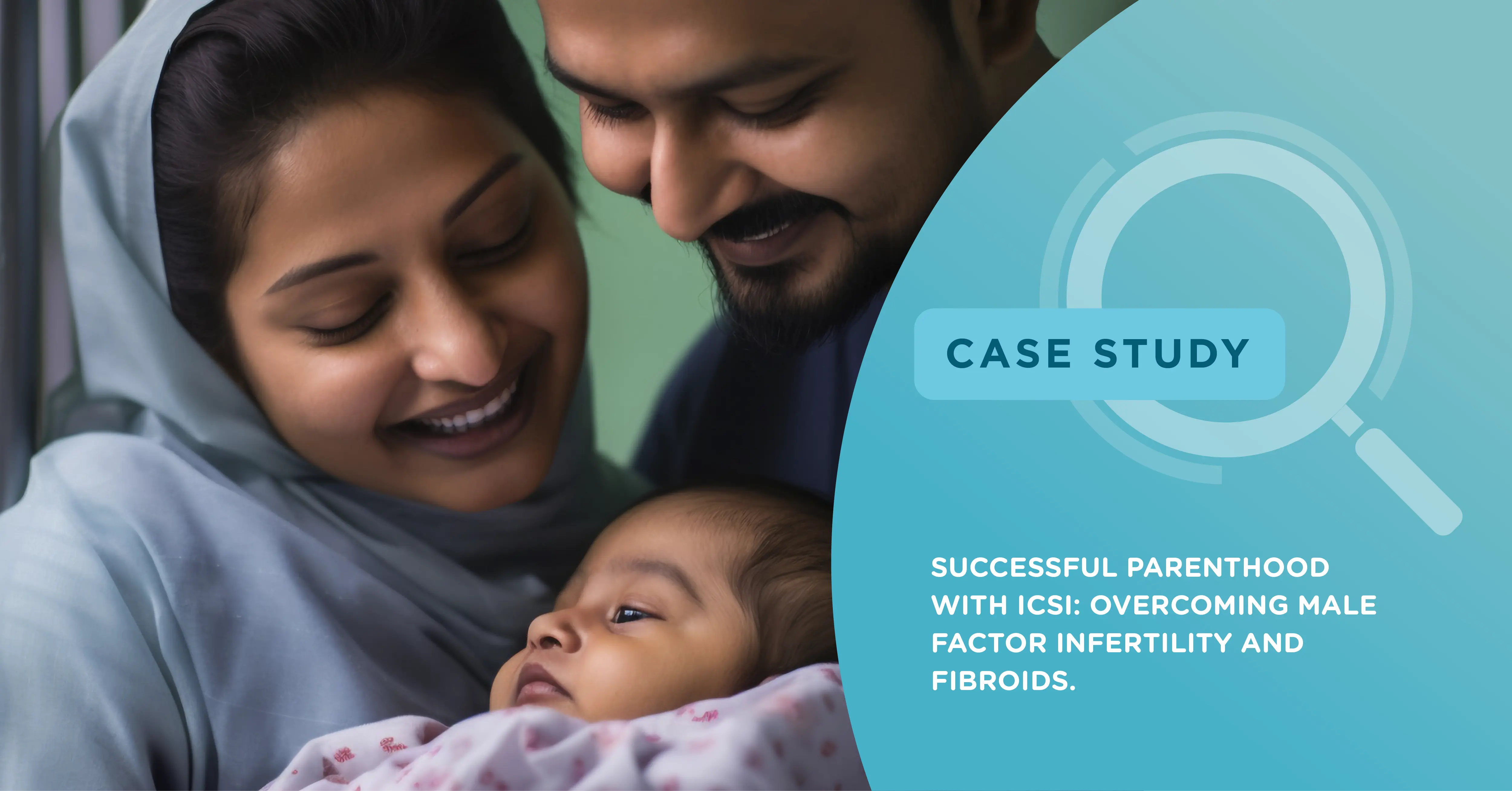
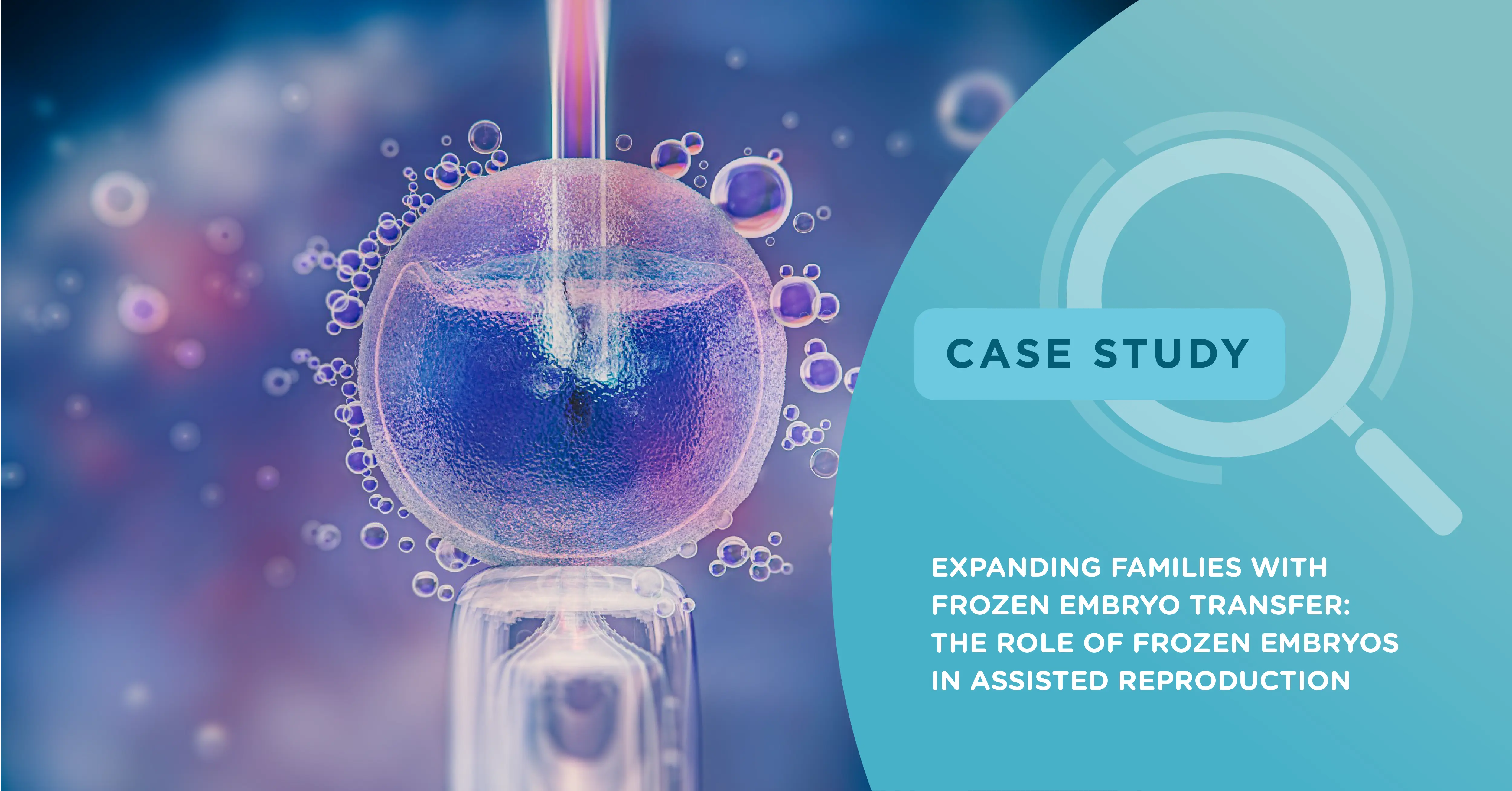

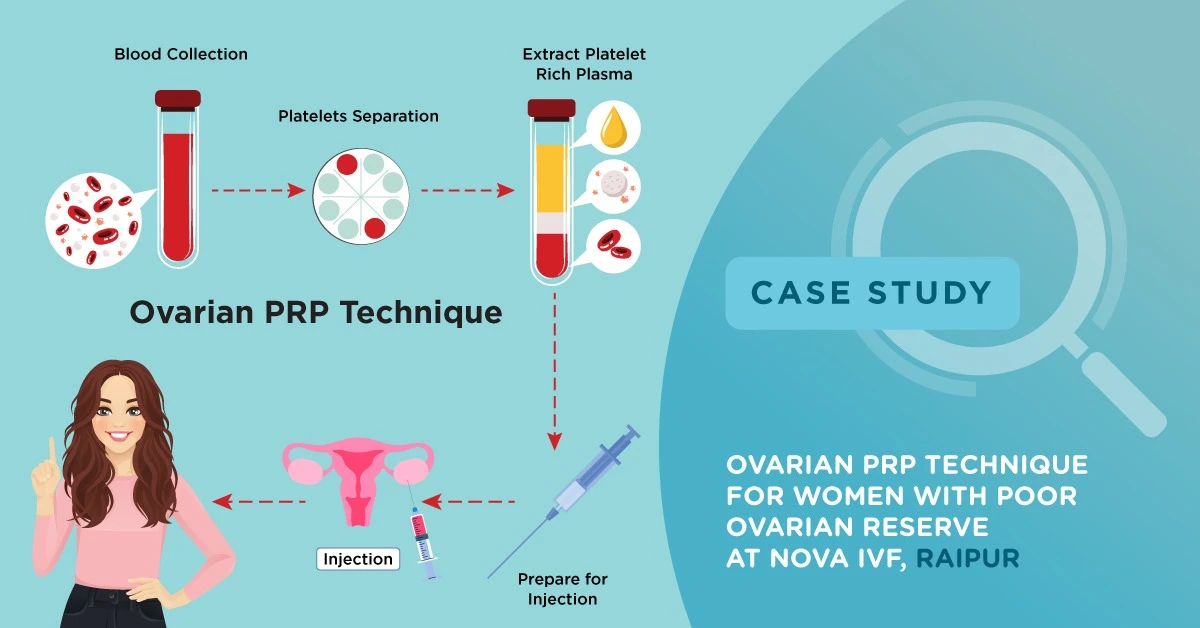
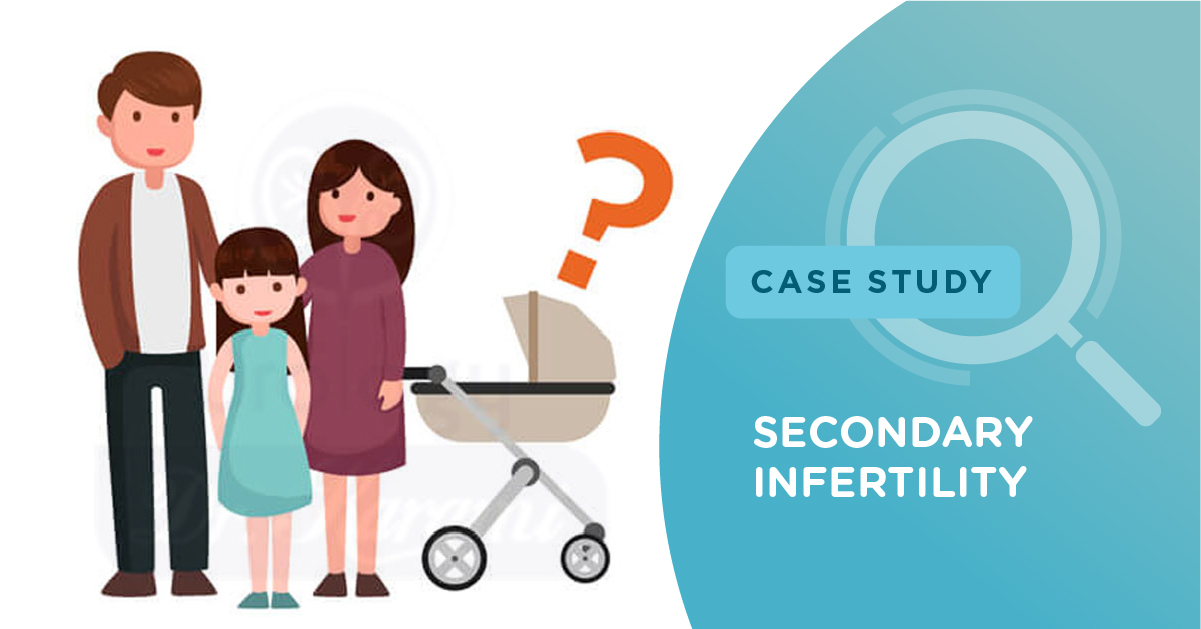







Add new comment